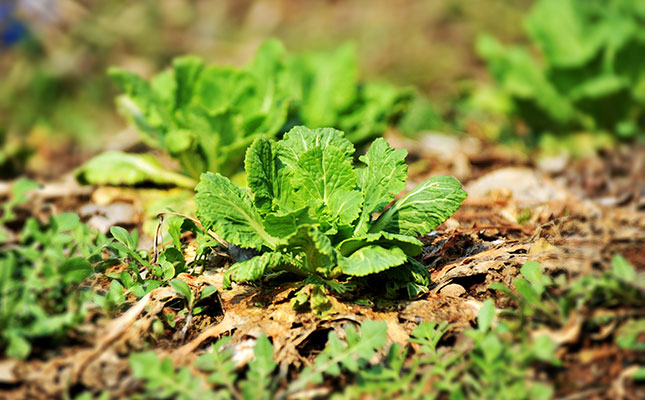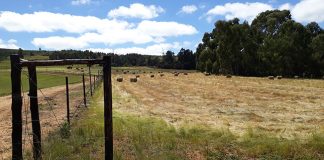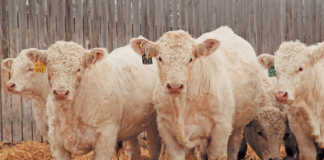
Photo: Peter Jung
Chinese cabbage (Brassica rapa L. spp. chinensis), also known as pak choi, is produced mainly in Limpopo, North West, Mpumalanga, Gauteng, the Eastern Cape and KwaZulu-Natal.
It is an annual, erect, leafy vegetable that can grow up to 30cm tall. The leaves are thick and tender, with heavy midribs.
The plant does best under cooler conditions, with an average temperature of between 18°C and 22°C during the early growth phase. It thrives in winter and should therefore be watered to ensure a high yield.
Chinese cabbage prefers well-drained soil with good structure, fertility and water-holding capacity, and a pH of between 5,5 and 7,6.
Production
The plant is propagated from seed. Till the soil finely, using a garden fork or hoe. Use a chisel plough and disc to prepare the land at least six weeks before planting, so that plant residue is broken down before planting.
If a hardpan has developed due to repeated cropping, use tines to rip the soil to a depth of 450mm. On sandy soil, use a rotary hoe to prepare a good seedbed.
For direct seeding, open the planting furrow about 2cm to 3cm using a hand hoe. Sow the seeds 1cm to 2cm apart in the row and with an inter-row spacing of 15cm to 20cm. Sprinkle the seeds into the furrow and cover with 1cm to 2cm of soil.
Your fertilisation programme should be based on a soil analysis. When using chemical fertilisers, apply a 2:3:2 or 3:2:1 mixture at a rate of 50g/m of furrow length, and spread it evenly in the furrow. Add LAN at a rate of 20g/m at the five-leaf stage.
Mix the fertiliser with a stick, water the furrow and close it. Repeat after one week.
When using poultry, pig or kraal manure, apply it at a rate of 10ℓ/5m furrow length.
How often you water will depend on the type of soil in your land. Sandy soil should be irrigated three times a week, sandy loam twice a week, and clay or clay loam once a week.
For a good leaf harvest, irrigate at a rate of 5ℓ/ m2/day, and begin immediately after transplanting.
Pest control
Metasystox (oxydemeton-methyl), Tamavo (methamidophos) and Cymbush (cypermethrin) are commonly used to control insect pests in Chinese cabbage. Follow the instructions on the label carefully.
Pests can also be controlled by removing weeds and affected plants, and keeping the land clean.
The most important diseases affecting Chinese cabbage are downy and powdery mildew, club root and black rot. To control these, use clean seeds or remove infected plants.
Harvesting
Harvest the leaves at the eight-leaf stage (between 60 and 95 days). Harvesting usually starts in mid-July and continues through November and until the peduncle has elongated and the first flower has opened.
Chinese cabbage is harvested by hand when the leaves are fully developed. The leaves are dislodged at the base.
Source: nda.agric.za












